Hepatic lipase (HL) Kit de ensayo de actividad
Nota: Tome dos o tres muestras diferentes para predecir antes de la prueba..
Equipo de operación: espectrofotómetro
No gato: BC2380
Tamaño:50T/24S
Componentes:
reactivo yo: 100 mL×1. Almacenamiento a 4 ℃.
Reactivo II: 3 mL×1. Almacenamiento a 4 ℃.
Reactivo III: Polvo × 1. Almacenamiento a 4 ℃. Antes de usar, agregar 30 ml de agua destilada, fully dissolve.
Reactivo IV: Polvo×2. Almacenamiento a -20 ℃. Antes de usar, agregar 2 mL of distilled water to the one, fully dissolve. The dissolved reagent can be stored at -20 °C after repacking. Avoid repeated freeze-thaw cycles;
Estándar: Polvo × 1. Antes de usar, 6.94 mL of acetona is added to prepare a 10 μmol/mL α-naphthol
solución estándar, which was fully dissolved before use.
Descripción del Producto:
Hepatic lipase (HL) is a lipolytic enzyme synthesized in liver parenchymal cells. It is present on the surface of the liver sinusoidal endothelial cells and the surface of the hepatocyte microvilli in the sinusoidal space, and can hydrolyze various lipoproteins. The triglycerides (TG) and phospholipids (PL) in the medium change the size and density of various lipoprotein particles. When the HL and its activity in the plasma increasing, it can lead to low density lipoprotein (LDL) levels in the plasma, increase and accelerate the occurrence and development of atherosclerosis.
HL hydrolyzes α-naphthyl acetate to produce α-naphthol, which can form a purple-red azo compound with fast blue B salt. It has a characteristic absorption peak at 595 Nuevo Méjico, and its color depth is positively correlated with liver esterase activity within a certain range.
Reactivos y equipos necesarios pero no suministrados:
espectrofotómetro, baño de agua, balance, centrífugo, adjustable transferpettor, 1 cubeta de vidrio de ml, mortero/homogeneizador, ultrasonic crusher, hielo y agua destilada.
Procedimiento:
I. Enzima extracción
- Tejido
According to the tissue mass (gramo): the volume of Reagent I (mililitros) es 1:5~10 to extract. It is recommended to add 1 mL of Reagent I to 0.1 g de tejido, and fully homogenize on ice bath. Centrifuge at 10000g for 10 minutos a 4 ℃ para eliminar materiales insolubles, y tomar el sobrenadante en hielo antes de realizar la prueba..
- Bacterias o células
According to the bacteria or cells (104): the volume of Reagent I (mililitros) es 500 ~ 1000:1. It is recommended to add 1 mL of Reagent I to 5 millones de bacterias o células. Utilice ultrasonidos para dividir bacterias y células. (colocado sobre hielo, ultrasonic power 300W, Tiempo de trabajo 3s, intervalo 7s, Tiempo Total 3 mín.). Centrifugar en, 10000g para 10 minutos a 4 ℃ para eliminar materiales insolubles y tomar el sobrenadante en hielo antes de realizar la prueba.
- Culture medium or other liquid: Detectar directamente.
II. Detección
- Precalentar el espectrofotómetro para 30 minutos, ajustar la longitud de onda a 595 Nuevo Méjico, poner a cero con agua destilada.
- Preheat reagent III at 30℃ for more than 20 minutos.
- Estándar: Dilute the 10μmol/mL standard solution to 1.25, 0.625, 0.3125, 0.15625, 0.078μmol/mL with reagent I.
- Add the following reagents in 1.5 mL EP tubes:
| Contrast tube (C) | Tubo de ensayo (t) | tubo estándar (S) | tubo en blanco (B) | |
| Muestra (µL) | 100 | 100 | – | – |
| Solucion estandar (µL) | – | – | 100 | – |
| reactivo yo (µL) | 450 | 400 | 400 | 500 |
| Reactivo II (µL) | – | 50 | 50 | 50 |
| Mix and react for 10 min at 30℃ | – | – | ||
| Reactivo III (µL) | 400 | 400 | 400 | 400 |
| Reactivo IV (µL) | 50 | 50 | 50 | 50 |
| Mix thoroughly and detect the absorbance at 595 Nuevo Méjico, record as AC, EN, AS and AB respectively. ΔAT=(AT-AC), ΔAS=(AS-AB). A contrast tube is required for each test tube, and the standard curve need only be tested once or twice. | ||||
III. Cálculo:
1.Curva estándar
The concentration of standard solution as x-axis, ΔAS as y-axis, obtain the equation y=kx+b. Take ΔAT to the equation to acquire x (µmol/mL) value.
2. Cálculo
- Concentración de proteína tisular
Definición de unidad: One unit of enzyme activity is defined as the amount of enzyme that catalyzes the hydrolysis of α-naphthyl acetate to generate 1 μmol of α-naphthol every mg of protein in the reaction system per minute at 40℃.
HL Activity (Prot. U/mg)=x×Vs÷(Vs×Cpr)÷T =0.1x÷ Cpr
- Peso del tejido
Definición de unidad: One unit of enzyme activity is defined as the amount enzyme that catalyzes the hydrolysis of α-naphthyl acetate to generate 1 μmol of α-naphthol every gram of tissue in the reaction system per minute at 40℃.
HL Activity (Peso U/g) = x×Vs÷(W×Vs÷Ve)÷T =0.0333x÷ W
- Líquido
Definición de unidad: One unit of enzyme activity is defined as the amount of enzyme that catalyzes the hydrolysis of α-naphthyl acetate to generate 1 μmol of α-naphthol every milliliter of liquid sample in the reaction system per minute at 40℃.
HL Activity (unidades/mL) =x× Vs÷Vs÷T=0.1x
- Bacterias o células cultivadas.
Definición de unidad: One unit of enzyme activity is defined as the amount of enzyme that catalyzes the hydrolysis of α-naphthyl acetate to generate 1 μmol of α-naphthol every 104 cells or bacteria in the reaction system per minute at 40℃.
HL Activity (U/104 celda) =x× Ve÷ cell amount÷ T= 0.1x÷ cell amount
contra: Volumen de la muestra (mililitros), 0.1 mililitros; ve: Volumen de solución de extracción, 1 mililitros;
RCP: Concentración de proteína de muestra sobrenadante. (mg/mL); t: Tiempo de reacción (mín.), 10 minutos;
W.: Peso de la muestra, gramo;
cantidad de celda: 10 thousand as unit.
Nota:
- If the sample is animal liver, it is recommended to dilute the sample with reagent I more than 25 times before testing, and multiply the dilution factor in the calculation
- If the sample is serum or plasma from obese animals, it is recommended to dilute the sample with reagent I more than 5 times before testing, and multiply the dilution factor in the calculation
- When ΔA is greater than 0.8, it is recommended to measure the sample after diluting it with the reagent, and multiply it by the dilution factor in the calculation
Ejemplo experimental:
- 1g rat liver was taken for sample processing, and the supernatant is diluted 24 veces, then the operation is carried out according to the operation steps. Measured and calculated by 96 buen plato: ΔA = AT-AB = 0.713-0.001=0.712, and the standard curve: y = 0.6381x – 0.0005, calculate x =1.1166
HL activity (masa U/g) = x×VS ÷ (W×VS ÷ VST)÷ T ×48 = 53.597 masa U/g.
- After the turkey serum was diluted 6 veces, the operation was carried out according to the operation steps. Measured and calculated by 96 buen plato: ΔA = AT-AB =0.572-0.003=0.569, and the standard curve: y = 0.6381x – 0.0005, calculate x =892
HL activity (masa U/g) = x×VS ÷ (W×VS ÷ VST)÷ T ×12 = 1.071 masa U/g
Productos relacionados:
BC2340/BC2345 Lipase(lps) Kit de ensayo de actividad
BC0620/BC0625 Triglyceride(TG) Kit de ensayo de contenido
BC2440/BC2445 Lipoprteinlipase(LPL) Kit de ensayo de actividad
BC0320/BC0325 Plant Lipoxygenase(LOX) Kit de ensayo de actividad
BC0590/BC0595 Free fatty Acids(FFA) Kit de ensayo de contenido
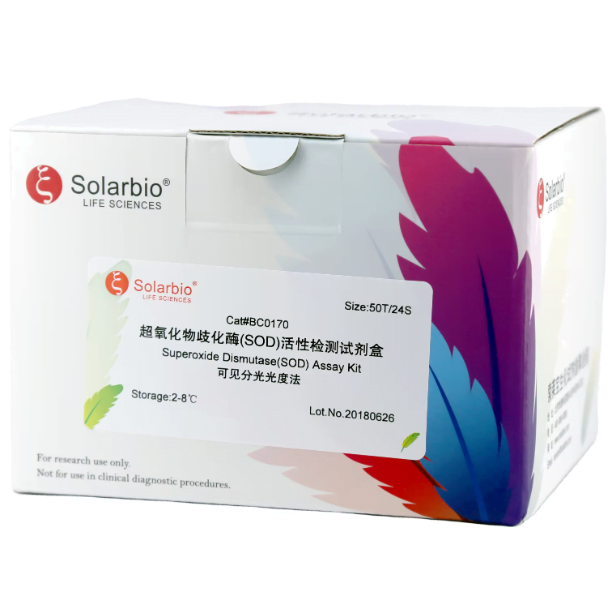
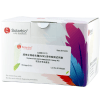
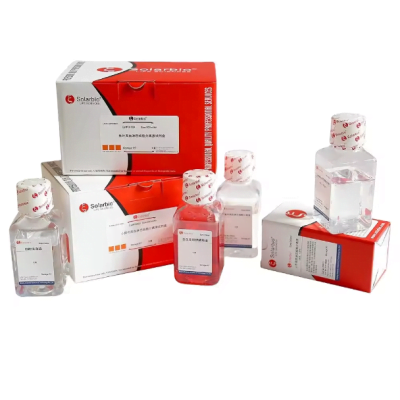
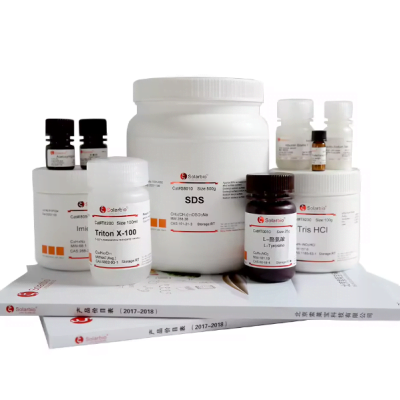
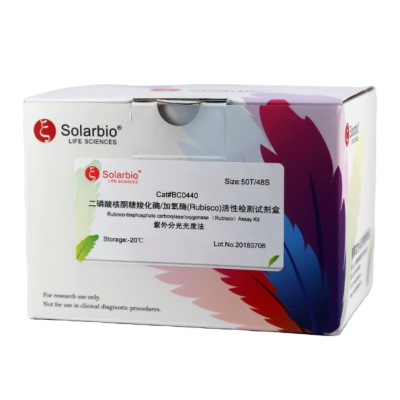
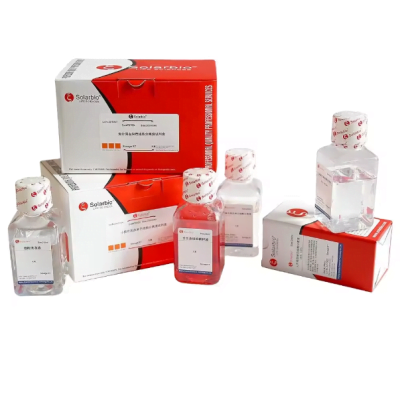
Reseñas
Aún no hay reseñas.